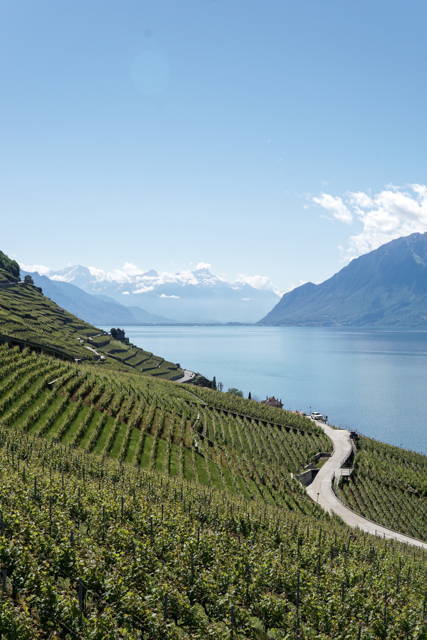Region vs Grape

GUY PALMER-BROWN
When we talk about the wines of the 'New World' and the 'Old World' a large part of the discussion comes down to grape vs region. When we talk specifically about grape growing, it's all about the climate, the rainfall and the age of the soil etc; but when we talk about the wine itself, what do we talk about, is it what it is, or where it's from?

Only when we talk about the Old World wine producing regions can we confidently link region and variety every time. Why is this the case? Because the old and traditional wine countries have laws and regulations governing what you can and cannot grow. In Burgundy for example, 95% of the red wine is made from Pinot Noir, with one or two unusual local varieties sometimes being found in tiny subregions on the borders. Therefore you can confidently refer to the glass of Pinot Noir you're drinking as Red Burgundy, and those people who know their stuff will automatically infer that you're drinking Pinot Noir. For example you cannot plant Cabernet Sauvignon in Burgundy and still label your wine as Burgundy.
This system of liking region and grape variety certainly has it's own challenges (for example you need to know the various grapes for all the regions around the world), but it's a step ahead of, or at least sideways, compared to New World countries like Australia. In these New World wine regions one of biggest advantages but also stumbling blocks, is they have no rules restricting what can and cannot grow. So your lovely refreshing glass of white wine from the McLaren Vale could be made from any grape variety in the world, or blend of '...' it means they can plant anything and discover what works, but it also means that the regions need to fight hard to establish an identity especially outside of their localities for particular styles.
There's certainly no right or wrong here, it's just one of the many interesting complexities that makes up the world of wine!






